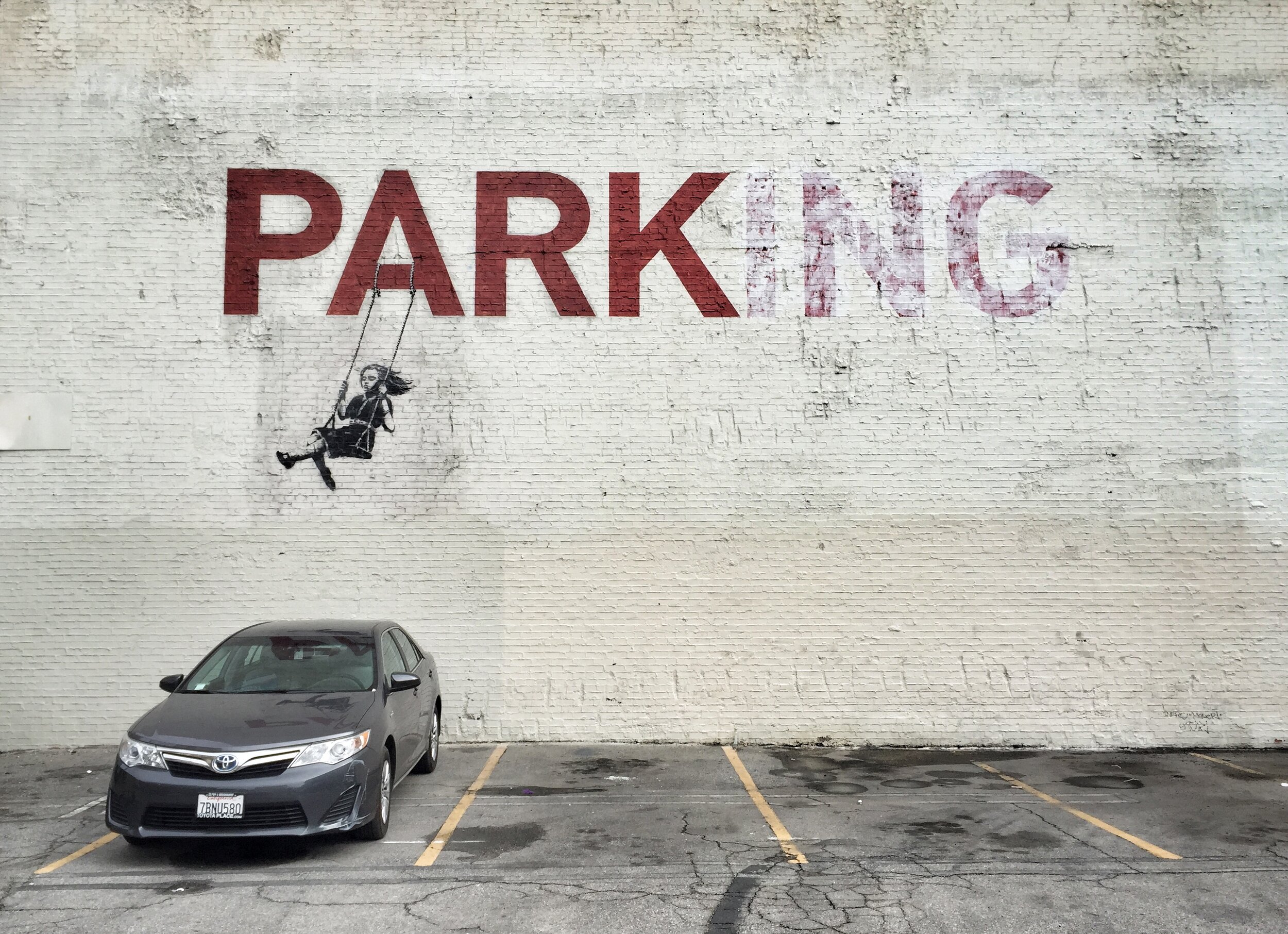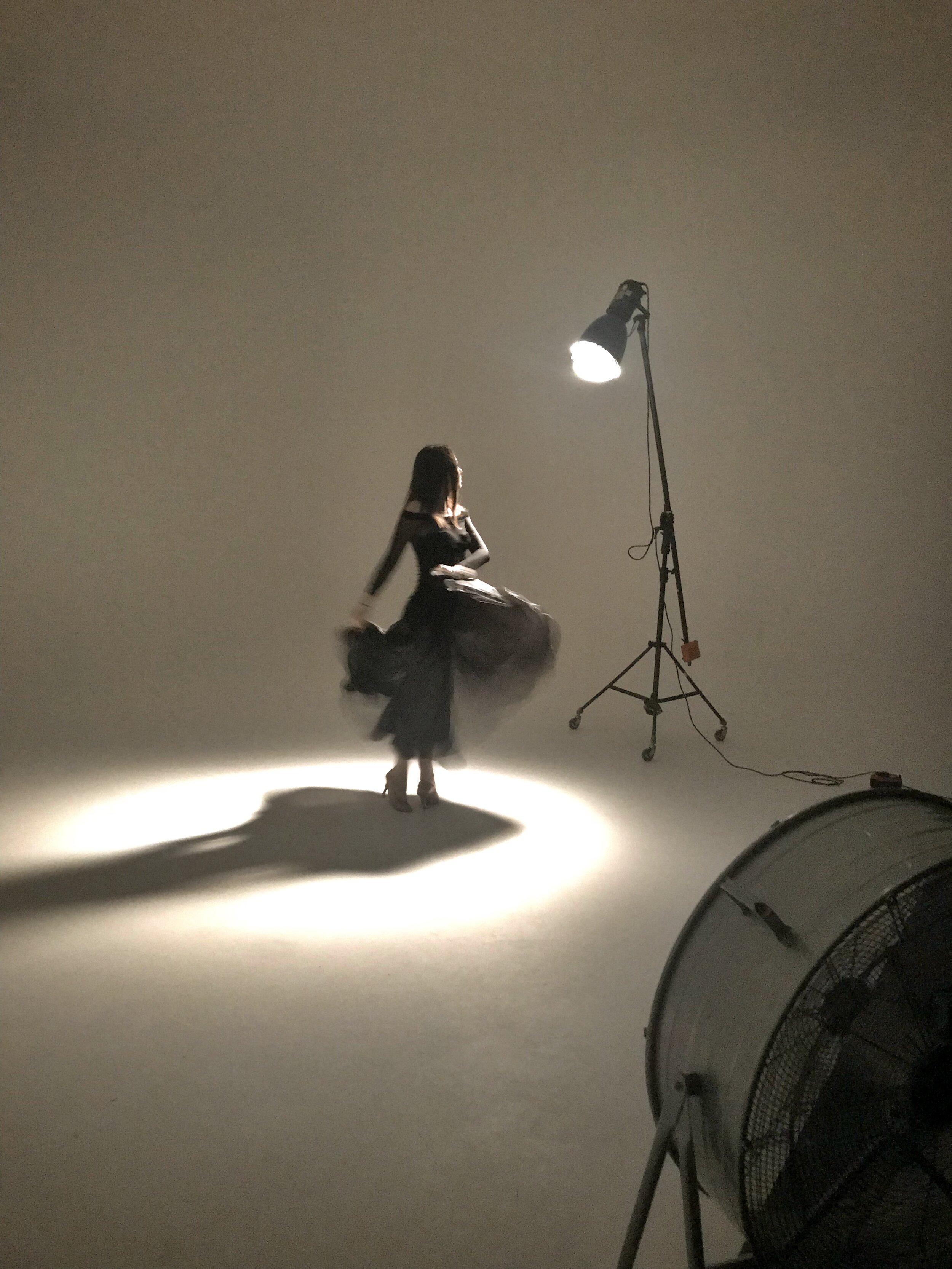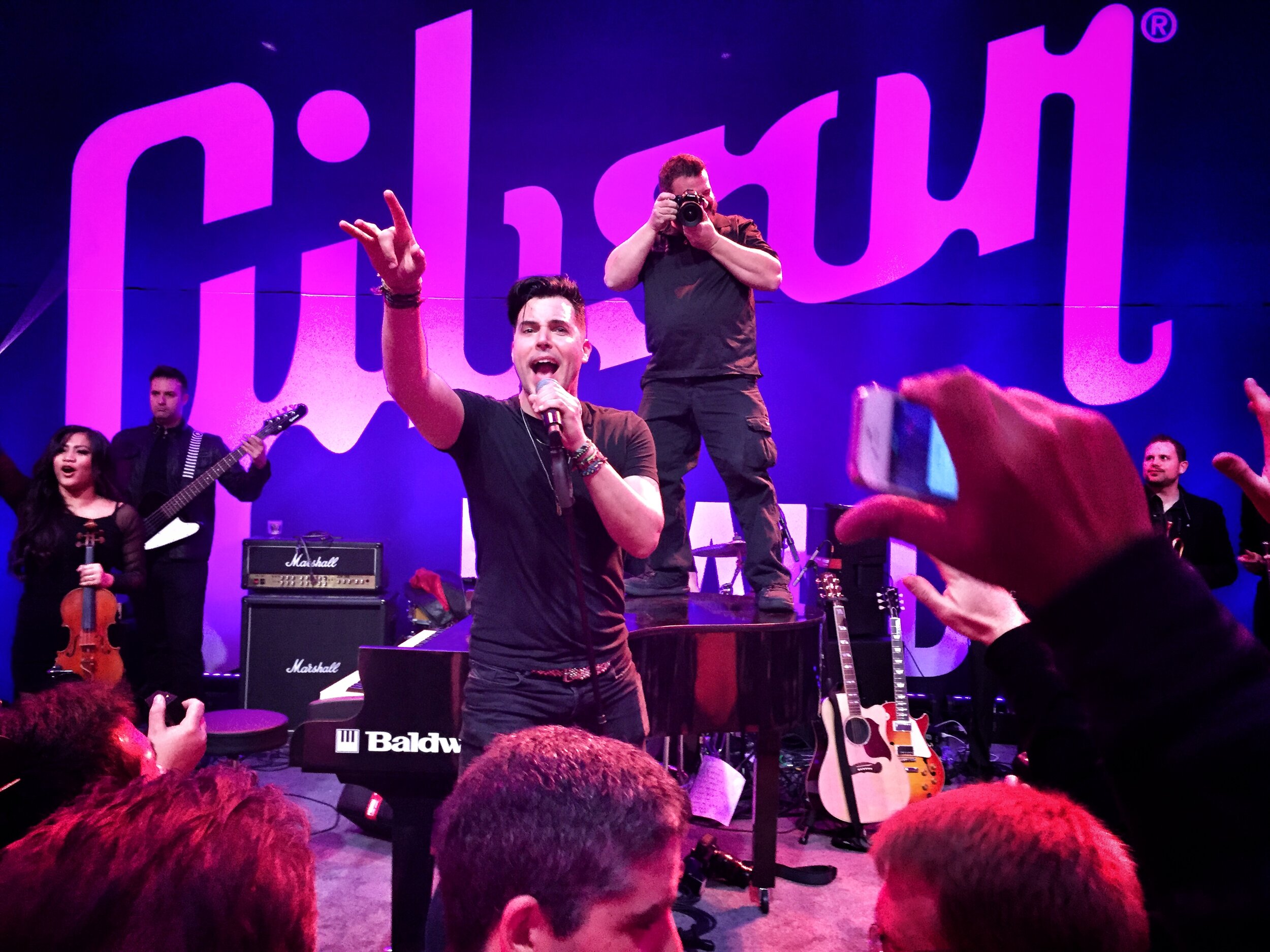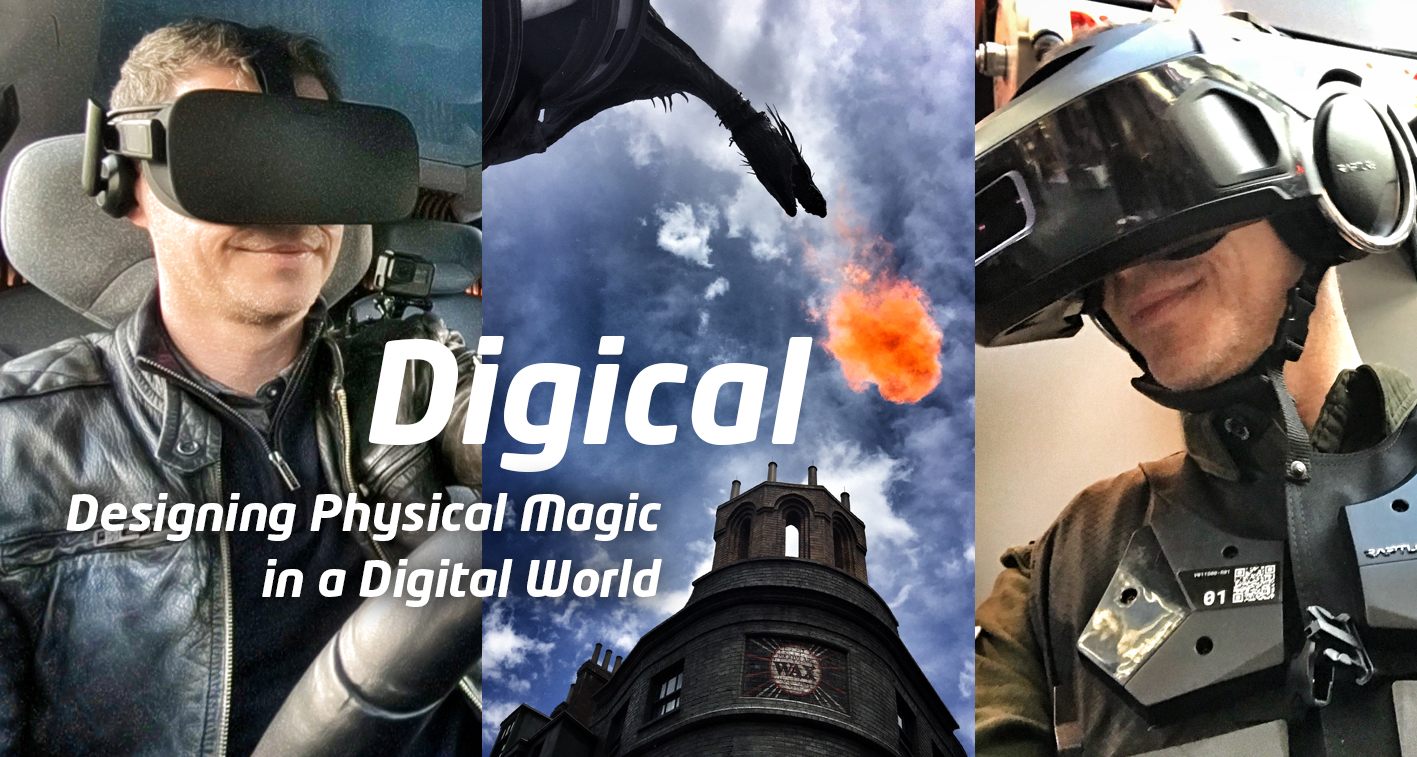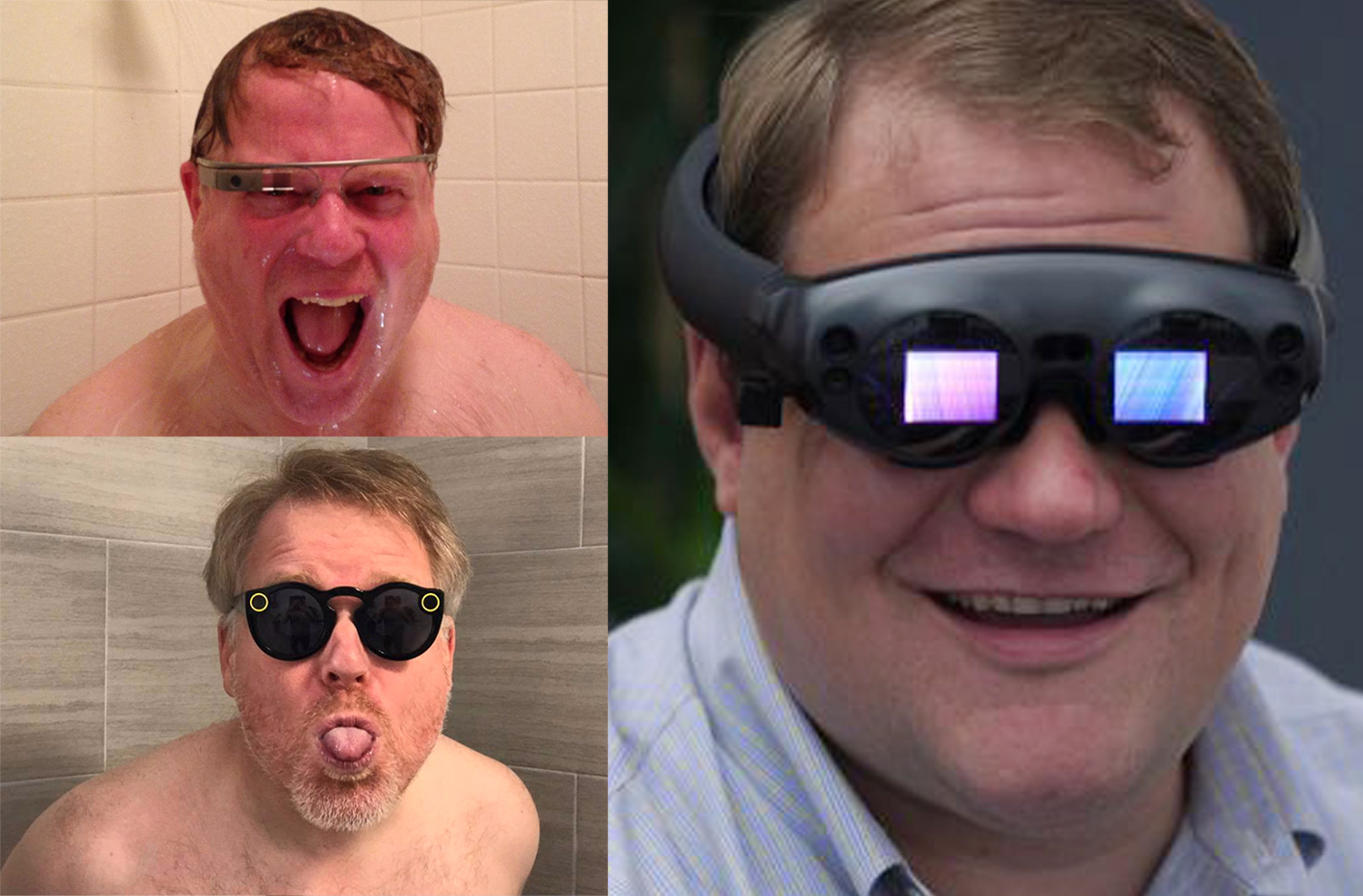I have a story to tell, about being a Rebel With A Cause. But when it’s a story of space exploration, time travel and magic and art and immersion, I was never going to take a conventional approach. I’d love you to experience it.
Some of the greatest conversations I’ve had with Monty Munford have occurred around a dining table, over drinks at the Century Club, or in the back of a cab. Monty has lived a life of adventure and ridden the tech rollercoaster. As a straight-talking industry leader, risk-taker and Gamepay CSO, he’s more used to interviewing Steve Wozniak, John McAfee or Kim Kardashian, but we sat down to talk freely about design, tech and innovation, the people that matter and the direction it’s all taking. We’d love you to join us.
As we talked about the past and present, conversation naturally turned to our virtual future. We want evergreen content to live on in the Metaverse – it’s why Matt Littler of Analog Films shot all three episodes in VR, so we could offer the experience of sitting with Monty and myself, not simply watching from behind a screen.
The stereoscopic 3D footage was all shot on an Insta360 Pro II camera, with ambisonic spacial sound, surrounded by the visual feast of Bittescombe Lodge in the heart of the English countryside. This luxury location offers an incredible mix of traditional and contemporary design, reflecting the nature of our conversation and my roles as President Elect of the Chartered Society of Designers, Artist, Adviser, Mentor and Ambassador for numerous startups and creative organisations.
I make the point in our conversation that many new forms of technology don’t replace those already in existence – they compliment and extend the experience, rather than make any one platform obsolete. So naturally, this series exists in a conventional video format too, as well as the written words below.
Each platform offers its own unique content, so I hope you’ll enjoy the jetpack moments expressed on each.
Speed Up For Traffic Lights
Episode 1: The Present
We all have words to live by, even if most aren’t aware of the exact phrase that gets us out of bed in the morning, we’re acutely aware of a war cry to get shit done, or die trying.
I’ve always had a fascination with time, be that the potential to travel – physically or virtually – backwards to relive, alter or learn from our past or head to the future for a glimpse of our destiny or alternate realities existing in parallel to our own.
This in turn has given me an appreciation for just now precious time is. In the words of Louis Armstrong “we have all the time in the world” – yes, but we still wish for more or discard what we already have.
How often have you found yourself behind someone approaching traffic lights and they begin to slow down, anticipating a red when they’re still on green? This defines the character of a driver expecting the worst outcome, it’s a negative mindset.
And this is exactly why I hit the accelerator when I approach a green light, pre-empting the positive and effectively engaging my own time machine. Imagine how many precious minutes each year are gained from not sitting at a red light. Time gained, pulse raised and positivity reward unlocked (almost) every time.
Those life-affirming words can be distilled into the phrase “Speed up For Traffic lights: Bank on Green Not Red”.
My mindset isn’t something developed from a group of inspirational business leaders and entrepreneurs. No, my Dad instilled the ‘Power of Positive Thinking’ in me – his very own words to live by.
Sadly, we lost Dad to COVID in 2021, just 5 months before his 90th birthday. But those words live on as the inspiration for mine.
Episode 2: The Past
One of the most disappointing things in life is knowing when an opportunity has been missed. When connections fail to meet. When a message falls on deaf ears.
I would rather apologise for something awesome than ask permission for something lame – that’s been my attitude throughout my first 50 years. Never settling for average when exceptional is achievable.
So, for me it’s always been about telling the right story in the right place at the right time. If any of those three key ingredients are missing, it all falls down. It’s no use if your timing is perfect if you don’t have the right thing to talk about or the words, images or experience fail to materialise.
I believe in magic. Not Harry Potter, but the application of science to deliver the unbelievable. The unexpected creates impact, impact makes people sit up and take notice, and once you have their attention, you need to deliver on the promise.
Magic without substance is just vapour. It’s why I appear on stage shooting fireballs – but they serve to illustrate the challenge for contemporary marketing. Offering an audience a glimpse of IronMan’s inventory – be that full-body haptics, bionic shoes or the infamous flame-throwing – they all form part of a narrative and demonstrate technological collaboration. They also break with the expected structure of a keynote, disrupting ‘the feed’ and stopping an audience in their tracks.
It’s easy to form an opinion based on someone else’s opinion. That’s why global conference stages are full of people that Google their topic and deliver the search results via Powerpoint. I’m proud to be able to put my money where my mouth is and say “I’ve been there and done that”, giving weight to my opinion – even when my advice is to learn by my mistakes and follow a different path.
This attitude helped me deliver the first iPad app and Apple Watch apps on the days those products launched, create one of the first multitouch iBooks, spend 48 hours in Virtual Reality, work end-to-end with mobility brands (inside and outside the vehicle) and paint portraits of Michael Douglas, Anthony Hopkins and Chris Eubank, then getting under the skin of NFT art – as an artist! I’ve been honoured to work with legends of the music industry, motorsport heroes, stars of the silver screen and help relaunch the Star Wars franchise.
If you don’t know it can’t be done, you just find a way to do it. Like when people find super strength to lift burning cars, we all have our own superpowers.
There’s so much more that sits under NDA for now, but I’ve also been taken at gunpoint in Beirut, smuggled into Bosnia in the boot of a car, had security remove me whilst dressed as Captain America, nearly filmed one Presidential inauguration in VR and lost another Presidential client following their assassination! But that’s for another day…
Episode 3: The Future
As an Artist, Designer, Technologist and Innovator, I’m more excited about the prospect of designing the future than ever before. The tools we have at our disposal are undoubtedly powerful, but humans tend to switch off from the technological white noise. When brands like FaceBook (now Meta) don’t simply talk about Virtual Reality – they also offer it AND paint a picture of their view for its future, consumers sit up and finally take notice.
Although I’ve been deeply involved with the Metaverse for the past decade, it’s a tough sell when you’re flogging a dream without an audience. For Virtual and Augmented reality to succeed, these technologies have to provide escapism AND familiarity. The experiences must be top-shelf and immediately accessible.
However, the most important area of focus for the Metaverse – and any new technology – isn’t a digital environment, it’s the physical world around us.
We all return to reality so we need a reason to plug ourselves in to begin with and inspiration to achieve more when we return. My 48 hour VR immersion in 2017 made me appreciate reality far more than the virtual because we haven’t laid the foundations for the Metaverse yet, let alone started building the dream.
Look up. From your desk, from your screen, from your device, from your LIFE. It’s the equivalent to an artist taking a step back from their work and gaining perspective.
So, I ask you… are you a Meta Offsetter? For every virtual idea you have, think of another in the real world. It’s like planting a tree for carbon neutrality, but one reality doesn’t defeat the other. Instead they co-exist, with each platform adding value rather than forcing a choice or making something obsolete.
We all need to take a breath, it’s a process I’ve always valued. That moment of peace, allowing us to reset mentally and physically and return stronger and more focused than ever.
I haven’t had that since my Dad died on February 5th 2021. Since I held his hand and said goodbye with the promise that I’d make the next 12 months mean something.
So here I am on 22 / 02 / 2022. Ready to write the NEXT chapter.
A Brief Discovery of Time Travel: Dean Johnson and Monty Munford IN the Metaverse
Immerse yourself in the full VR experience via your headset of choice or 360º on-screen exploration as Monty and Dean take a deep dive into the potential for The Metaverse.
[For best results, open in the YouTube app on your preferred platform]











